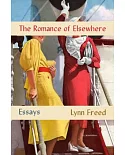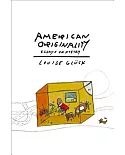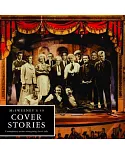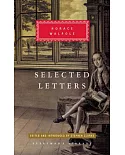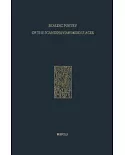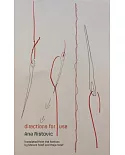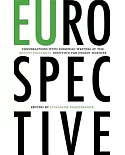The Love Letters of Abelard and Heloise. Translated from the original Latin and now reprinted from the edition of 1722: by Ralph Fletcher Seymour. In his Historia Calamitatum, an
autobiographical piece written around 1132, Abélard tells the story of his seduction of Héloïse, whom he met when in 1115 he himself, like Fulbert, became a canon in Paris. It is unclear how
old Heloise was at this time. She is described as an adolescentula (young girl), and so it is often assumed that she was about seventeen at the time, having been born in 1100-1. More recently,
however, Constant Mews (and subsequently David Constant) have suggested that the age of seventeen is a seventeenth-century fabrication with no supporting contemporary evidence, and that she was
probably as old as 27 at the time. The main piece of evidence for this is that in a later letter, Peter the Venerable writes to Heloise that he remembers her when he was a young man and she was
a woman; this, they suggest, implies that Heloise was at least as old and possibly older than Peter. Given that Peter was born in 1092, it would mean that Heloise would have been nearer 27 at
the time of the affair. They suggest that this makes more sense of Abelard’s later comment that he sought to seduce Heloise because she was the most famous woman in France for her studies –
because, as they suggest, she would have been unlikely to have acquired this reputation by the age of 17. More tentatively, the extent of Heloise’s accomplishment in Greek and Hebrew, and her
mature response to the relationship, might indicate someone older than 17.Abelard tells how he convinced Fulbert to let him move into his house, telling Fulbert that he could not afford to live
in his current house while studying, and offering to tutor Heloise in return. Abelard tells of their subsequent illicit relationship, which they continued until Héloïse fell pregnant. Abelard
moved Heloise away from Fulbert and sent her to his own sister in Brittany, where Heloise gave birth to a boy, whom she called Astrolabe. It is almost unknown what happened to Astrolabe in
later life. He is never mentioned by Heloise in her letters to Abelard, and Abelard’s only reference to him outside the Historia Calamitatum is in the verses of advice addressed to him, and
thought to have been written about 1135. His death-day is recorded in the necrology of the Paraclete as 29 or 30 October, but no year is given. He is mentioned only once in a later letter, when
Peter the Venerable writes to Heloise: "I will gladly do my best to obtain a prebend in one of the great churches for your Astrolabe, who is also ours for your sake"





